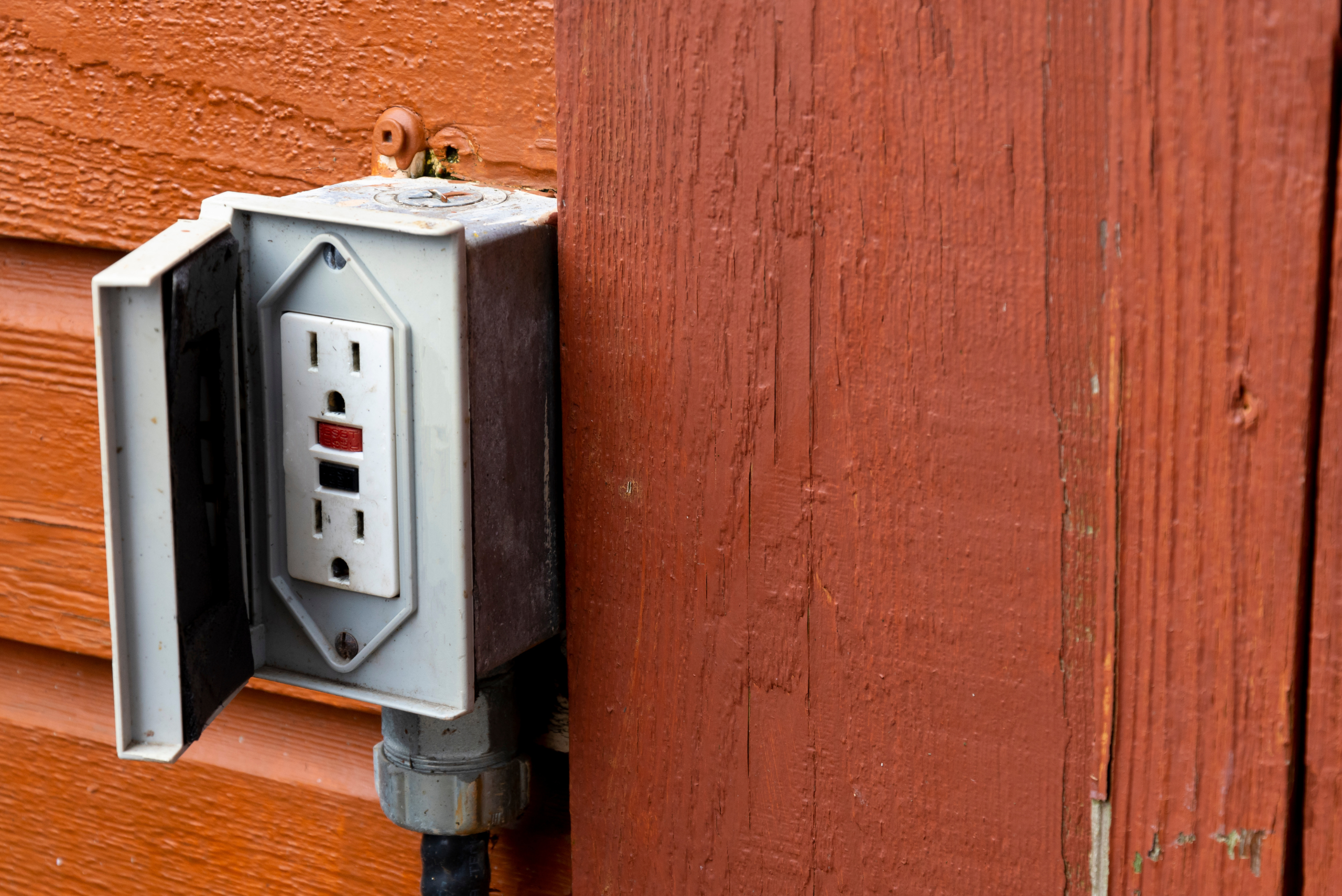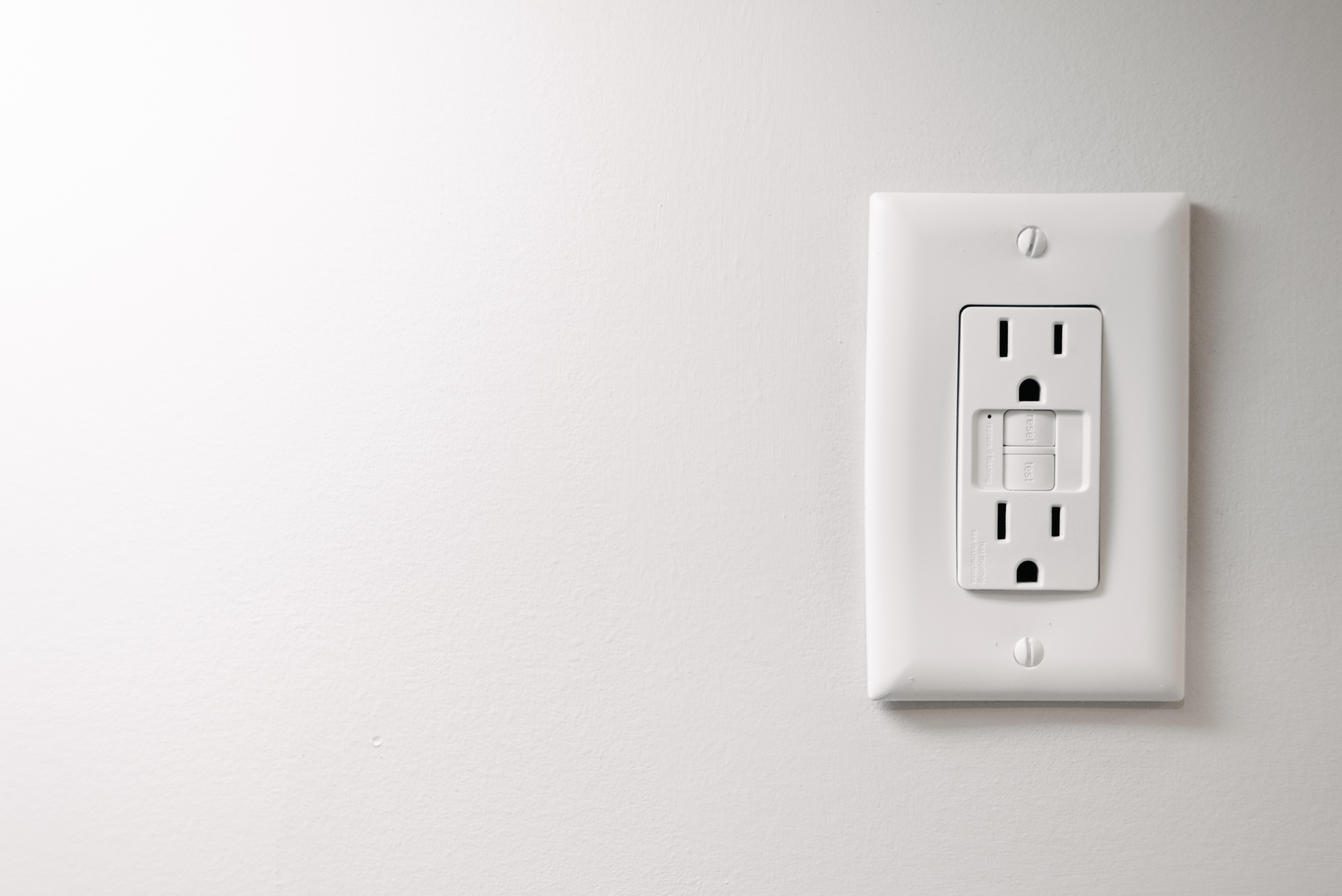Why Your GFCI Outlet Won’t Reset and What You Can Do About It
A GFCI (Ground Fault Circuit Interrupter) outlet is an essential safety device in many homes, designed to protect you from electrical shocks. However, it can be frustrating when your GFCI outlet refuses to reset, leaving appliances and devices unusable. This guide will help you understand the common causes of this issue and how to troubleshoot it safely. With the right approach, you can often resolve the problem without needing professional help.
1. What Is a GFCI Outlet and How Does It Work?
GFCI outlets are designed to prevent electrical shocks by shutting off power when they detect imbalances in the electrical current. This makes them essential for areas like kitchens, bathrooms, and outdoor spaces.
Understanding how GFCI outlets function is the first step in troubleshooting. When they trip, it’s usually to protect you, indicating a potential issue that needs addressing.

2. Common Reasons Your GFCI Outlet Won’t Reset
Several factors can cause a GFCI outlet to refuse to reset. A ground fault, where electricity escapes to the ground, is a common culprit. Similarly, moisture or debris inside the outlet can disrupt its operation.
Another possibility is a wiring issue, such as a loose or damaged connection. In some cases, the outlet itself may be faulty and require replacement.

3. How to Safely Troubleshoot Your GFCI Outlet
Before you begin, ensure safety by turning off power to the outlet at the circuit breaker. Start by inspecting the outlet for visible damage, such as cracks or burn marks.
Next, test for moisture by drying the outlet thoroughly, especially if it’s located in a damp area. If the outlet still won’t reset, use a voltage tester to check for electrical flow or call an electrician for further inspection.

4. When to Replace Your GFCI Outlet
If your GFCI outlet is older or has been tripping frequently, it might be time for a replacement. Over time, wear and tear can affect its performance, making it unreliable.
Replacing a GFCI outlet is a relatively simple process for a DIYer familiar with electrical work. However, if you’re unsure, it’s always best to hire a licensed electrician to handle the job safely.

5. Preventing Future GFCI Outlet Issues
Regular maintenance is key to keeping your GFCI outlets in good working condition. Avoid overloading circuits and keep outlets dry, especially in humid environments.
Periodically test your outlets using the “Test” button to ensure they function correctly. Addressing minor issues promptly can prevent bigger headaches down the road.

Related Articles
- Quick Guide to GFCI Outlet Wiring for Safe and Reliable DIY Installation
- The Crucial Differences Between 15-Amp and 20-Amp Outlets
- How to Use a Voltage Tester for Safe Electrical Work
A GFCI outlet that won’t reset can be a minor inconvenience or a sign of a more significant electrical issue. By understanding the common causes and following these troubleshooting steps, you can address many problems on your own. If the issue persists, don’t hesitate to consult a licensed electrician to ensure your home’s electrical system remains safe and functional. A well-maintained GFCI outlet is key to protecting your family and home from electrical hazards.
Ready to start your next project? Join our DIY community to receive tool tips, how-to guides, and exclusive creative insights. Subscribe to the ManMadeDIY newsletter now! Click here to unlock a world of hands-on inspiration.









